Insoles for Military Boots
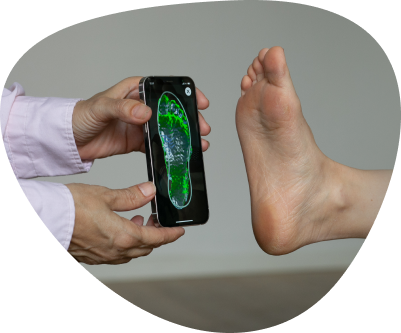
The big day has arrived: you say an emotional goodbye to your parents and board the bus from the recruitment office to the IDF induction base. One of your first stops on enlistment day will be the supply depot, where you’ll receive the gear that will accompany you throughout your military service — including your duffel bag, dog tags, uniforms, towels, and a pair of military boots.
By design and purpose, military boots are very different from any footwear you’ve worn before: they are tall (to protect the ankle during intense physical activity in the field), heavy, and most notably, lack any shock-absorbing features.
Since improper use of military boots can lead to foot injuries, knee pain, or even spinal issues, we’ve gathered a few essential guidelines to help you adapt your boots for military service and even reserve duty — including soft insoles and specialized insoles for military boots:
If you suffer from foot issues like flat feet, it is very important to inform the military doctor who examines you during your first hours at the induction base. In such cases, you may be eligible for a referral to receive custom orthopedic insoles.
If you plan to order insoles in advance, it is recommended to receive them a few weeks before your enlistment so you have time to get used to them and reach maximum comfort.
Planning to use insoles? Keep in mind you might need military boots that are slightly larger than your regular shoe size, to ensure the insoles fit comfortably. Also, don’t forget to bring your insoles with you to the boot-fitting station so you can choose the right size based on your feet — with the insoles inside.
You can request a doctor’s note to receive lightweight military boots (known as “Mark 2” boots). These look identical to the regular ones (“Mark 4”), but they weigh 400–500 grams less. You can identify the lighter boots by the blue stripe on the inside upper edge. To double-check, press your thumb against the toe area — in the lightweight version, the leather should slightly give under pressure.
Once you provide the proper documentation to the military doctor, the army can supply you with boots that include built-in insoles. These can be identified by a blue-colored inner sole. However, it is still recommended to make sure the insoles are customized to your specific foot structure.
The new boots you receive at the induction base will be very stiff. It’s important to soften them during the first few days. The simplest method is to apply oil to the leather and allow it to absorb before wearing the boots. Repeat this process once a day for several weeks. If you didn’t bring oil from home, you can use a few drops of gun oil.
The standard shoe polish you’ll receive or bring from home will clean and shine the boots (and as you know, polished boots are a must in the army), but it will not soften them. That’s why it’s advisable to purchase a special shoe polish containing fat or grease before enlistment. This type of polish not only shines but also gradually softens the leather, resulting in more comfortable and supple boots.
Combat recruits receive two pairs of boots at the induction base. It’s crucial to alternate between them every few days so both pairs undergo the softening process evenly.
Military boots combined with army socks generate a lot of heat around the feet, leading to excessive sweating — especially during outdoor activities. This often causes bad odors. To prevent this, use a special deodorant spray for shoes. Alternatively, you can use baking soda: sprinkle it inside the boots after removing them and let it sit for a few hours. Before wearing the boots again, shake out the powder and wipe the interior with a damp cloth.
Important: Always remove the insoles before applying baking soda or deodorant spray.How you lace your boots also affects how quickly and comfortably they break in. Experienced soldiers recommend using a single shoelace in the following way:
First, tie a knot at one end of the lace and thread it through the bottom inner eyelet of the boot — from the inside out. Then pass the lace through the opposite eyelet — from the outside in. Continue lacing upward in this alternating pattern. This method reduces pressure on the blood vessels in the foot and ensures the boot fits snugly and comfortably.
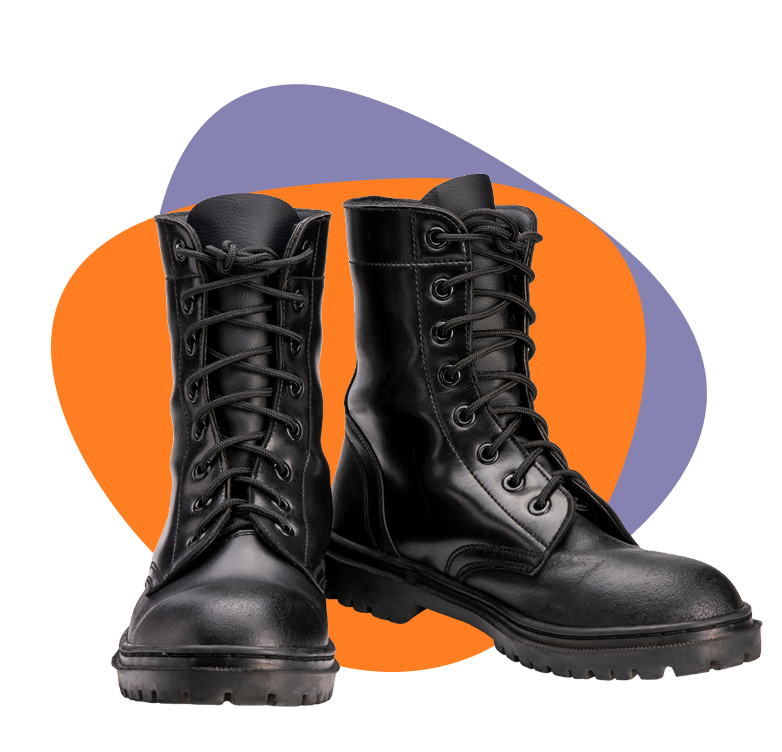
Who Needs Custom Insoles?
If you identify with one or more of the following groups — there’s a good chance that custom insoles can improve your quality of life:
Quick, effective treatment by a certified physiotherapist
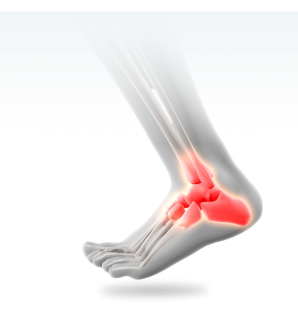
People with different foot anatomies
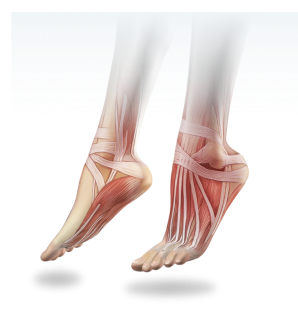
People with minor foot structure variations
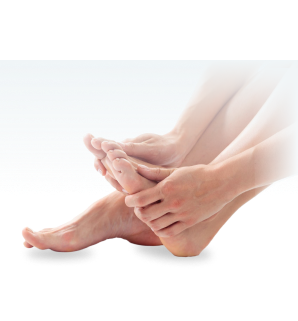
People who feel fatigue and/or discomfort in the soles of their feet
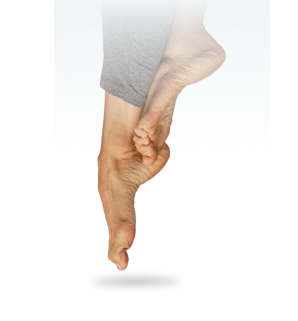
Important to Note!
Even people who don’t currently suffer from pain or discomfort may still benefit from custom insoles — especially if they spend most of their day walking or standing.
Even without pain, your feet may benefit from better support and alignment.
Custom insoles can improve posture and reduce fatigue — even without noticeable pain.
Insoles help with balance and shock absorption, preventing strain and future injury.
Good insoles support your joints, spine, and posture — even if you feel fine today.
How Are Custom Insoles Made?

Walking and running on a unique treadmill equipped with sensors that measure pressure distribution across all foot zones — both in motion and while standing.
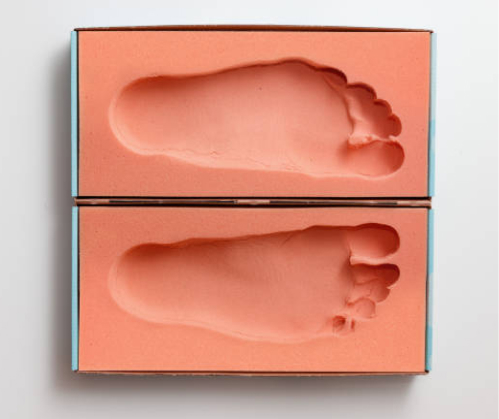
An impression of the foot is taken using a special polymer base.
The insole is then manufactured precisely according to the imprint and refined by the lab for maximum accuracy and effectiveness.
Why Is Customization So Important When It Comes to Insoles?
The process of designing truly custom insoles is complex and requires professional expertise. After collecting detailed data — focusing on gait, pressure distribution, foot shape, and more — a podiatrist or orthopedic expert builds an accurate plan for your insole. This plan considers far more than just the foot’s appearance; it factors in your walking pattern, lifestyle, type of footwear, and the specific issues you’re experiencing.
The insoles are then manufactured in a precise, personalized process. Later, the patient returns for a follow-up to ensure the insoles are effective and beneficial. This extra check helps verify that the comfort, support, and pressure distribution are working as intended.
At our insole lab, we use advanced polymer molds to capture the exact contours and shape of your feet — including arch height, pronation, foot length, and forefoot width. With this data, we craft insoles tailored precisely to your needs. The result? Personal insoles that relieve pain and discomfort caused by a wide range of issues — orthopedic, structural, or neurological.
In Summary
Custom insoles are a proven therapeutic tool that can significantly improve your quality of life. Whether you’re dealing with chronic pain, performance issues, or simply want to move more comfortably, investing in truly personalized insoles is a smart long-term decision. If you’re considering buying insoles, we strongly recommend consulting with a specialist who can help determine the exact solution that fits your body and lifestyle.
Testimonials
Professional and caring service. Custom insoles tailored with exceptional precision – they significantly improved my posture and comfort. Highly recommended!
Excellent service and attention to detail. The custom insoles were perfectly suited to my needs – my posture improved dramatically. Highly recommended!